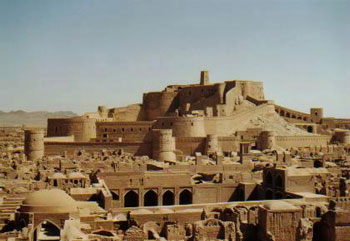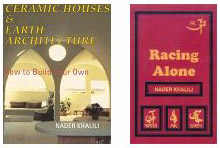
Among the commended entries in the ar+d 2003 architecture awards is a prototype distillery made of stabilized adobes for a small town in the impoverished semi-desert region of Venezuela. The roof is made with mud and cocuy fibre (a sort of sisal) supported by poles that bear on the mud walls. The project was designed by Rafael Mattar Neri.




